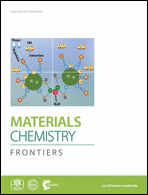We are proud to announce that 13 of Materials Chemistry Frontiers Board members are recognized in Clarivate Analytics list of Highly Cited Researchers for 2018, ranking them among the top 1% most cited for their subject field and publication year.
The board members are:
Ben Zhong Tang, Hong Kong University of Science and Technology, China
Dan Wang, Institute of Process Engineering, CAS, China
Feihe Huang, Zhejiang University, China
Bin Liu, National University of Singapore, Singapore
Guillermo C Bazan, UC Santa Barbara, USA
Wenbin Lin, University of Chicago, USA
He Tian, East China University of Science and Technology, China
Juyoung Yoon, Ewha Womans University, South Korea
Hua Zhang, Nanyang Technological University, Singapore
Xi Zhang, Tsinghua University, China
Jiannian Yao, Institute of Chemistry, CAS, China
Qichun Zhang, Nanyang Technological University, Singapore
Henry He Yan, Hong Kong University of Science and Technology, China
Below are a few of our picks from their publications in Materials Chemistry Frontiers journals. Access is free to these highlighted papers!
Novel chiral aggregation induced emission molecules: self-assembly, circularly polarized luminescence and copper(II) ion detection
Guangxi Huang, Rongsen Wen, Zhiming Wang, Bing Shi Li and Ben Zhong Tang
Mater. Chem. Front., 2018, 2, 1884-1892
http://dx.doi.org/10.1039/C8QM00294K
Multi-shelled hollow micro-/nanostructures: promising platforms for lithium-ion batteries
Jiangyan Wang, Hongjie Tang, Huan Wang, Ranbo Yu and Dan Wang
Mater. Chem. Front., 2017, 1, 414-430
http://dx.doi.org/10.1039/C6QM00273K
Recent progress in macrocyclic amphiphiles and macrocyclic host-based supra-amphiphiles
Huangtianzhi Zhu, Liqing Shangguan, Bingbing Shi, Guocan Yu and Feihe Huang
Mater. Chem. Front., 2018, 2, 2152-2174
http://dx.doi.org/10.1039/C8QM00314A
AIEgen bioconjugates for specific detection of disease-related protein biomarkers
Kok Chan Chong, Fang Hu and Bin Liu
Mater. Chem. Front., 2019, Advance Article
http://dx.doi.org/10.1039/C8QM00383A
Two-dimensional transition metal dichalcogenide nanomaterials for biosensing applications
Yanling Hu, Ying Huang, Chaoliang Tan, Xiao Zhang, Qipeng Lu, Melinda Sindoro, Xiao Huang, Wei Huang, Lianhui Wang and Hua Zhang
Mater. Chem. Front., 2017, 1, 24-36
http://dx.doi.org/10.1039/C6QM00195E
Understanding the influence of carboxylate substitution on the property of high-performance donor polymers in non-fullerene organic solar cells
Guofang Yang, Jing Liu, Lik-Kuen Ma, Shangshang Chen, Joshua Yuk Lin Lai, Wei Ma and He Yan
Mater. Chem. Front., 2018, 2, 1360-1365
http://dx.doi.org/10.1039/C8QM00101D
Pyrolysis of metal–organic frameworks to hierarchical porous Cu/Zn-nanoparticle@carbon materials for efficient CO2 hydrogenation
Jingzheng Zhang, Bing An, Yahui Hong, Yaping Meng, Xuefu Hu, Cheng Wang, Jingdong Lin, Wenbin Lin and Yong Wang
Mater. Chem. Front., 2017, 1, 2405-2409
http://dx.doi.org/10.1039/C7QM00328E
Significance of π-bridge contribution in pyrido[3,4-b]pyrazine featured D–A–π–A organic dyes for dye-sensitized solar cells
Zhongjin Shen, Xiaoyu Zhang, Fabrizio Giordano, Yue Hu, Jianli Hua, Shaik M. Zakeeruddin, He Tian and Michael Grätzel
Mater. Chem. Front., 2017, 1, 181-189
http://dx.doi.org/10.1039/C6QM00119J
Improved fullerene-free polymer solar cells using a rationally designed binary mixed solution of an electron extracting layer
Monika Gupta, Dong Yan, Jiannian Yao and Chuanlang Zhan
Mater. Chem. Front., 2018, 2, 1876-1883
http://dx.doi.org/10.1039/C8QM00311D
Imidazole and triazole head group-containing polydiacetylenes for colorimetric monitoring of pH and detecting HCl gas
Woolin Lee, Dayoung Lee, Ji-Yeong Kim, Songyi Lee and Juyoung Yoon
Mater. Chem. Front., 2018, 2, 291-295
http://dx.doi.org/10.1039/C7QM00528H
An ambipolar azaacene as a stable photocathode for metal-free light-driven water reduction
Pei-Yang Gu, Zilong Wang, Fang-Xing Xiao, Zongqiong Lin, Rongbin Song, Qing-Feng Xu, Jian-Mei Lu, Bin Liu and Qichun Zhang
Mater. Chem. Front., 2017, 1, 495-498
http://dx.doi.org/10.1039/C6QM00113K
![]()
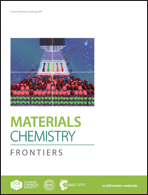 The front cover story, Simple and sensitive colorimetric detection of a trace amount of 2,4,6-trinitrotoluene (TNT) with QD multilayer-modified microchannel assays, is contributed by . The inside cover features a story on Stimuli-responsive perallyloxycucurbit[6]uril-based nanoparticles for selective drug delivery in melanoma cells by
The front cover story, Simple and sensitive colorimetric detection of a trace amount of 2,4,6-trinitrotoluene (TNT) with QD multilayer-modified microchannel assays, is contributed by . The inside cover features a story on Stimuli-responsive perallyloxycucurbit[6]uril-based nanoparticles for selective drug delivery in melanoma cells by 












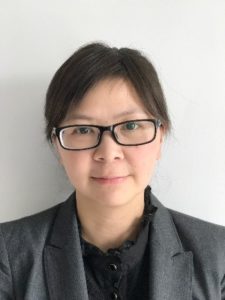
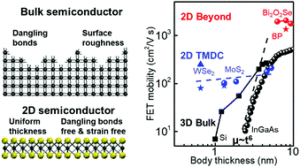


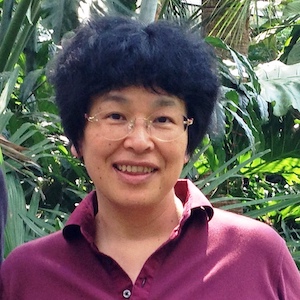

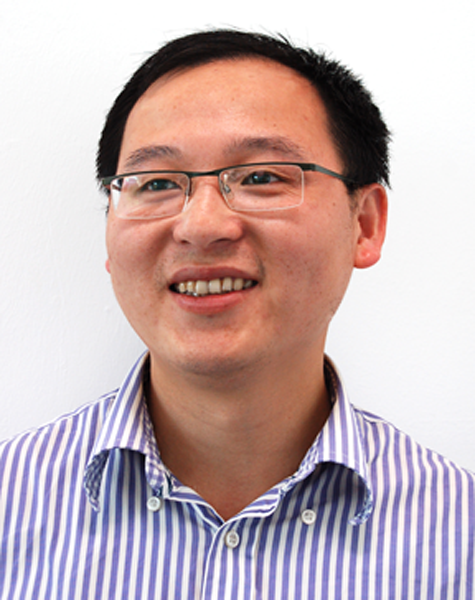

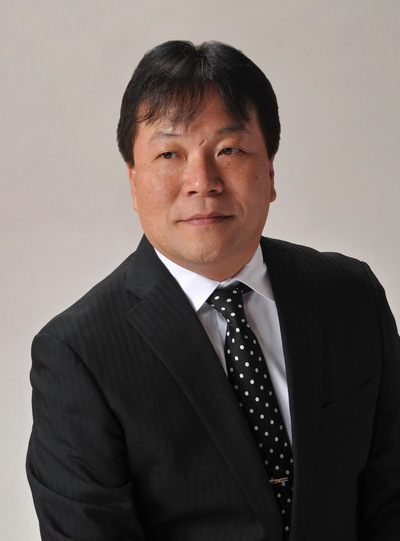

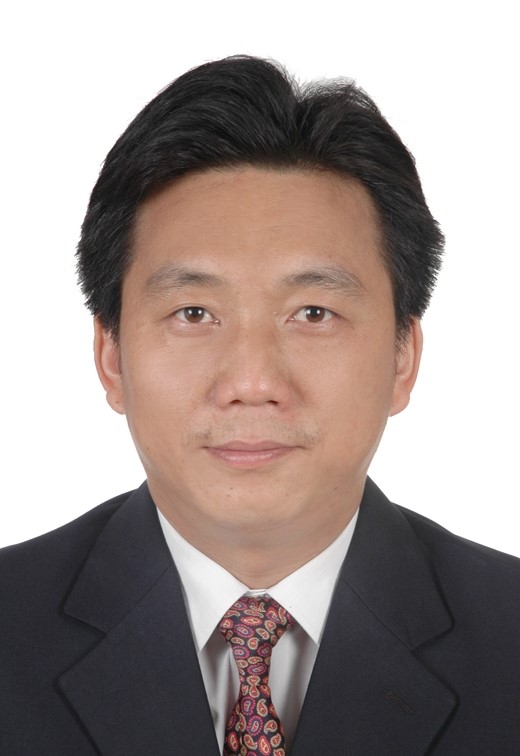


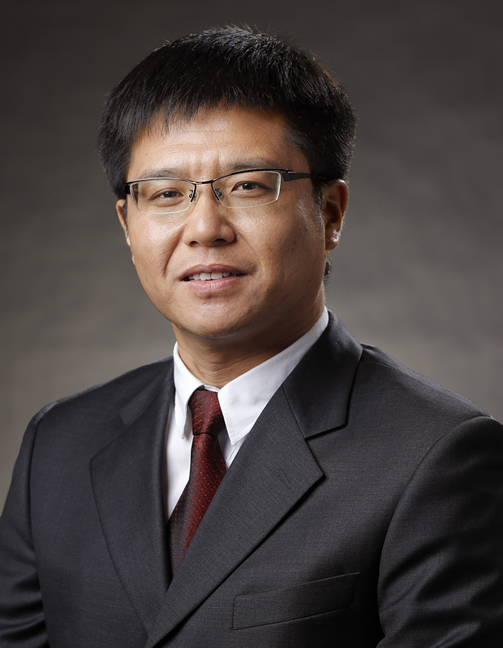


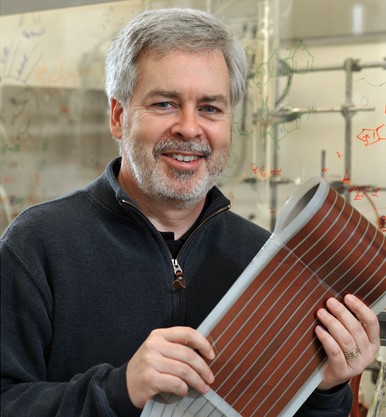
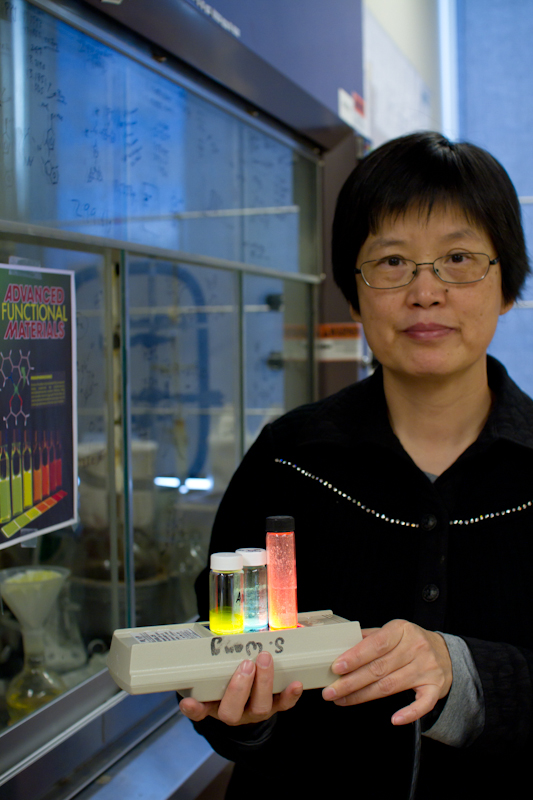



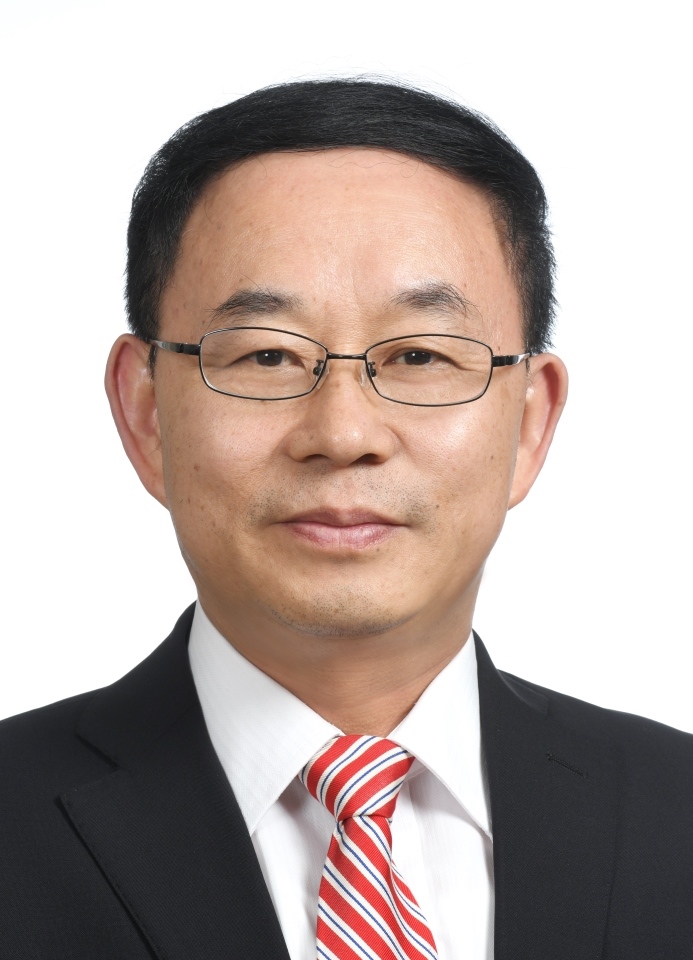

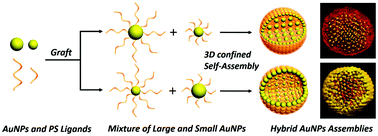
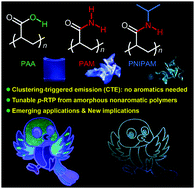


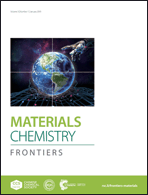 The front cover story,
The front cover story, 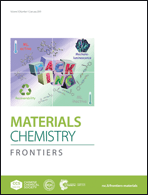
 The front cover story,
The front cover story, 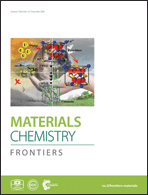


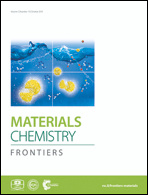 The front cover story,
The front cover story, 